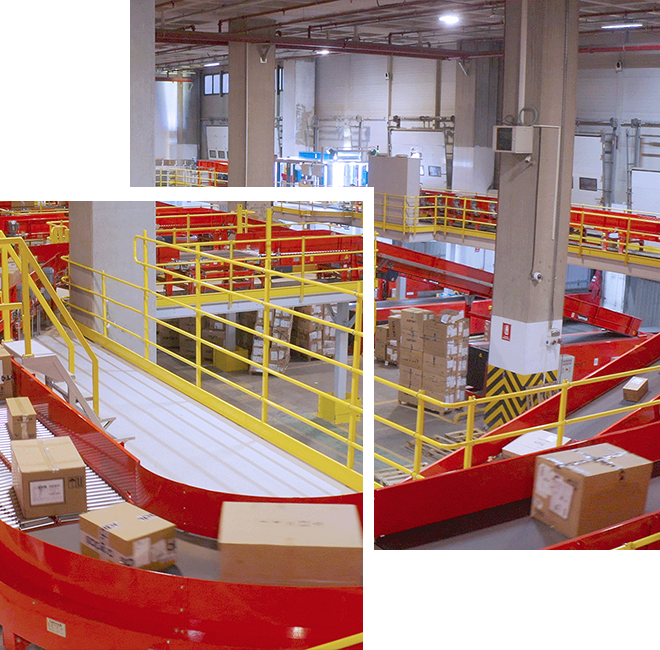Career
Discover job vacancies, find out how you can apply for them and learn more about career opportunities at Oskon.
Career
While logistics is defined as the efficient movement of objects/products from point A to point B, intralogistics is a similar but much broader concept. It is simply the optimization and management of the flow of logistics information, as well as the optimal physical movement of goods within a particular distribution center or warehouse. Intralogistics is not a new idea in the supply chain, but now it has a fancy name. Intralogistics can be defined as optimized warehouse logistics where conveyors, sorters and warehouse robots are focused on getting the best results by maximizing automation of physical assets. The benefits are the same benefits that all supply chain managers pursue: minimized inventory, faster time to market and reduced costs. Companies that invest in intralogistics technology to optimize supply chain management gain a distinct advantage over their competitors. The time when such investments will cease to be an advantage and become a necessity seems to be very close.
The traditional supply chain consists of three main stages: product procurement, manufacturing process and distribution of finished products through distributors and retailers. A smart supply chain, defined as an Intralogistic process, involves efficient inventory management and optimized harmonized processes.
Optimization is the key word in intralogistics. It involves the implementation of a technology solution, usually a full-fledged warehouse management system (WMS), to create a "smart" supply chain. Companies invest in such software solutions to improve their delivery capabilities and thus gain a competitive advantage.
The main reasons for using intralogistics can be listed as follows:
A key component of a great intralogistics strategy is data collection and processing.
Sorting is a vital part of warehouse management in your supply chain. If it works well, many things are easier to manage, but if it doesn't work well, it can cause many problems. Sorting is a system of categorizing stored items according to their properties and determining, based on those properties, the appropriate storage location, as well as methodically keeping records. Warehouses and distribution centers can often be equipped with sorting and picking systems where random flows of goods are sorted into orders for shipment. This is a simple enough concept, but in practice it may not always be properly implemented. Products in the system can be lost if they are not properly sorted. The parameters used in the classification and sorting process mentioned here vary depending on the application in the supply chain. For example, while retailers sort goods by store, freight companies may prefer sorting by postal code.
Smart sorting processes typically use sensors and the data transmitted by the sensors is processed by software, which we can define as the brain of the system. This advanced software uses intelligent algorithms to distinguish objects in the material flow. Thanks to this software, the devices used in the separation process can quickly optimize their performance by automatically learning the main reference values during operation. In addition, the software used in the sorting process can be quickly and accurately adjusted to your needs, allowing you to achieve maximum efficiency.
The benefits of using intelligent sorting systems and software in your warehouse can be listed as follows:
Oskon Automation serves you in the following areas:
In addition, Oskon Automation has a strong reference, such as Berrmak, in the field of intralogistics.